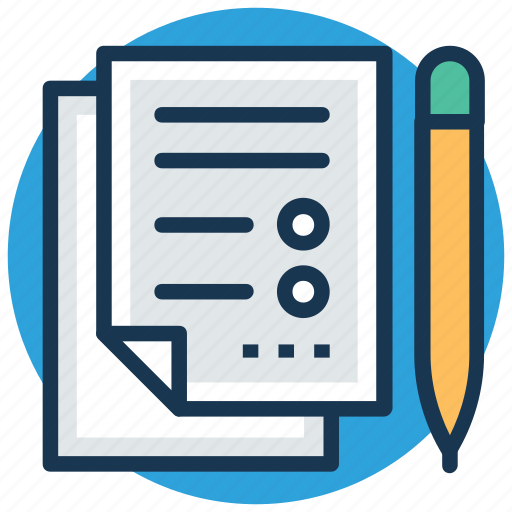
As students it is important to manage our finances since school is a top priority and is expensive. After conducting secondary research we learned that individuals are surviving on multiple jobs, living paycheck to paycheck, receiving financial assistance from parents, all while dealing with other elements in their lives. Young adults tend to “spend now” and “pay later”, borrowing money to subsidize a standard of living to which they aspire but over budget, and thus save less for future financial needs (Bapat, 2019).
To begin the project we conducted secondary research to form a better understanding of what problems we will be solving and getting a better idea of our target group.
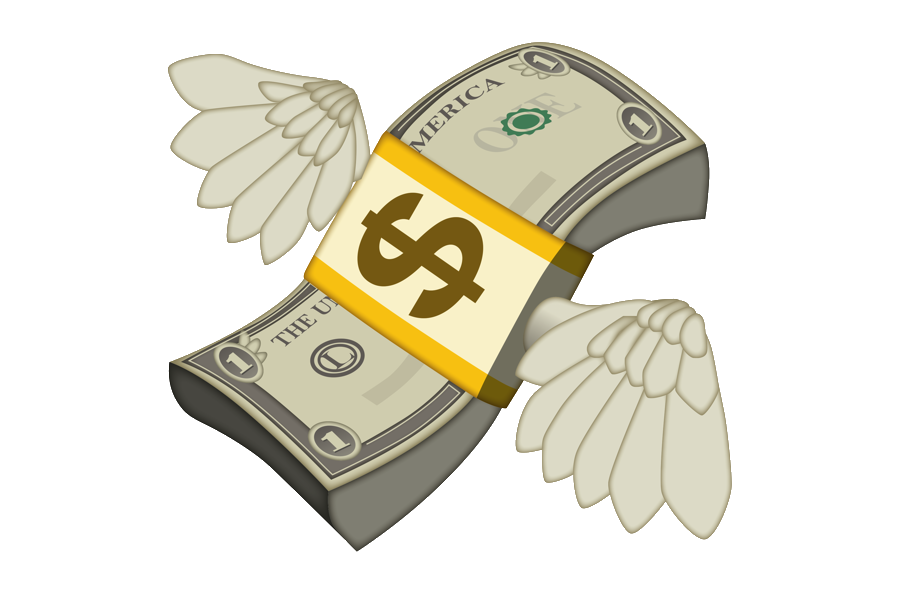

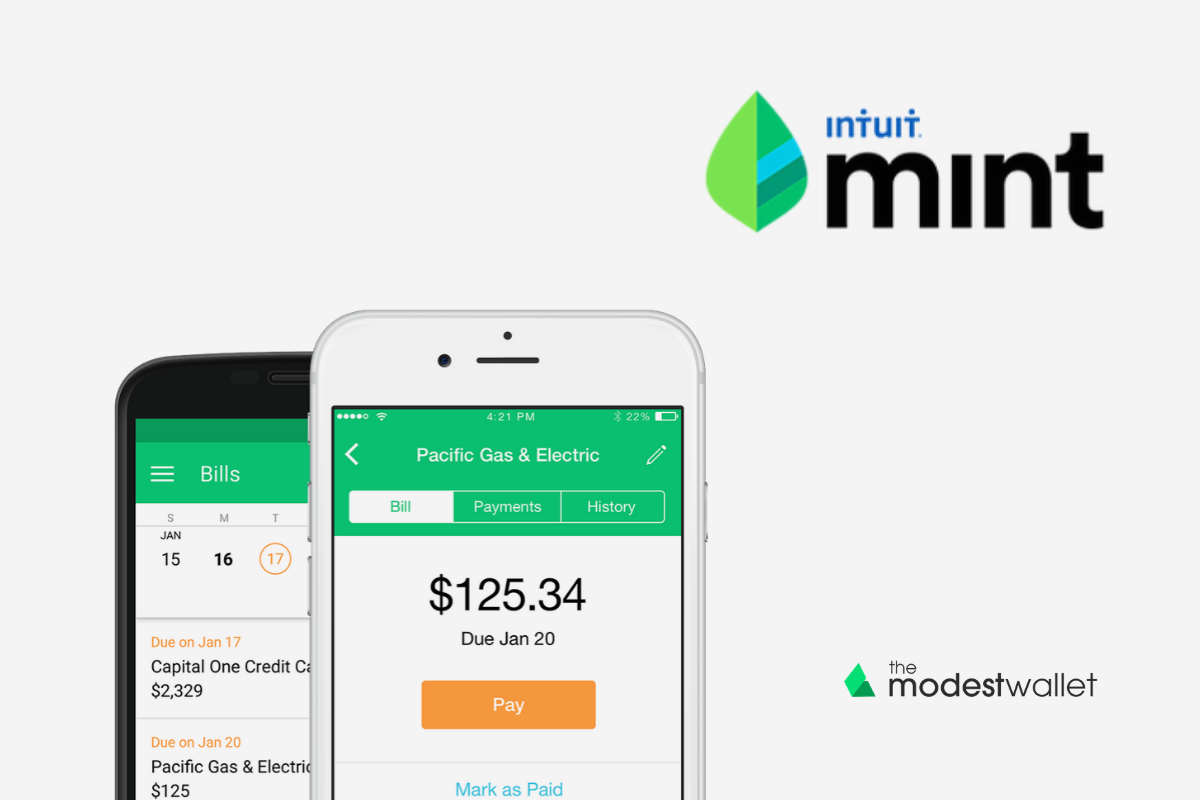
Many young adults aged 18-30 have problems within their budget thus cannot optimize their personal finances.

To understand the different factors around budgets we conducted 15-30 min semi-structured interviews with 20 participants from various backgrounds that were aged 18-30.

Age, Occupation, Financial Independence?
Is it important? Do you have one? When did you make it? Under or Over per Month? How do you form your budget? What categories do you make?
Why do you keep a budget? What made you create a budget? What stopped you from going over? What stopped you from not going over?
Do you use any tools for budgeting? Which tools help you the most? Which tools do not help you? How do you use them?
How does it feel to be over your budget? How does it feel to be under? How does it feel to pay your bills? How do you feel when making purchases that will go over your budget?
After two rounds of interviews we created two affinity diagrams one for each interview to find patterns and themes amongst our users. We organized them based on Beliefs on budgeting, existing practices, why spend over?, and motivations.
To understand the different behaviours different cultural have regarding financial budgeting we created a cultural model to understand these point of views.
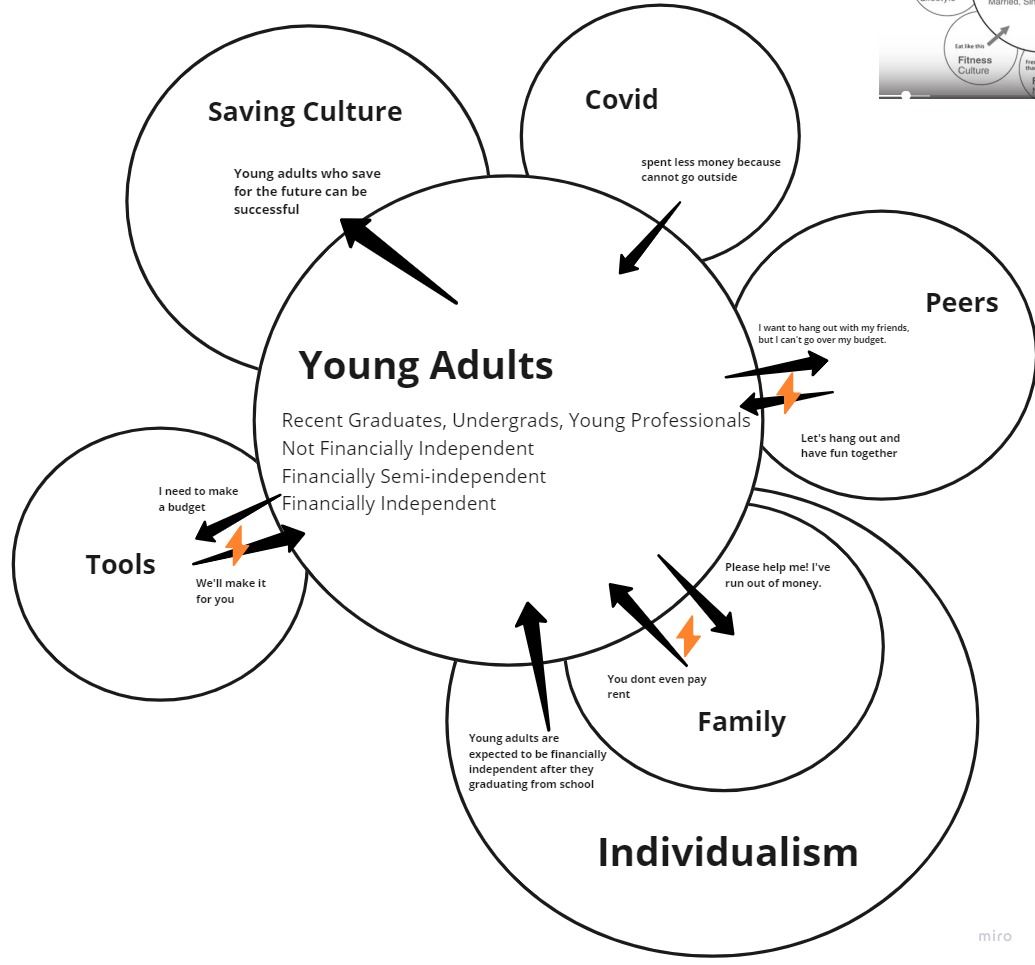
"I borrowed the money from my partner(P10);
My parents gave me a monthly fee when I was a student to support my daily life (P13).”
"I spend a lot on lunch because I have a lot of stress and want to find a place to eat to release the store(P10);If I see something I like, I'm gonna get it (P19)”
"I usually overspend on entertainment, because I have a wide social circle, so it's hard to avoid unscheduled group activities(P2); Spending's on hanging out with friends would be something that I cannot control(P14).”
"I started to have a budget since the beginning of my undergrad as I needed to move out from home." (P13);
"Future-proofing yourself if you manage and budget properly" (P6); "I went to the hospital last month, and I realized the importance of having emergency money." (P9)
"I use an App to manage my budget. I just type in my expenses and choose a category. At the end of the month, I can see how much I spent in each category.” (P16)
Since interviews can only help us understand the behaviour from a set number of questions we decided to conduct a week long diary study. Users were prompted everyday at 9pm to fill out the form from Google Surveys. There were 7 participants in total aged 20-28.
To narrow down on user daily spending habits.
When these purchases were made
What they bought
Why these purchases were made
If they were unexpected and if/how the users attempted to save money
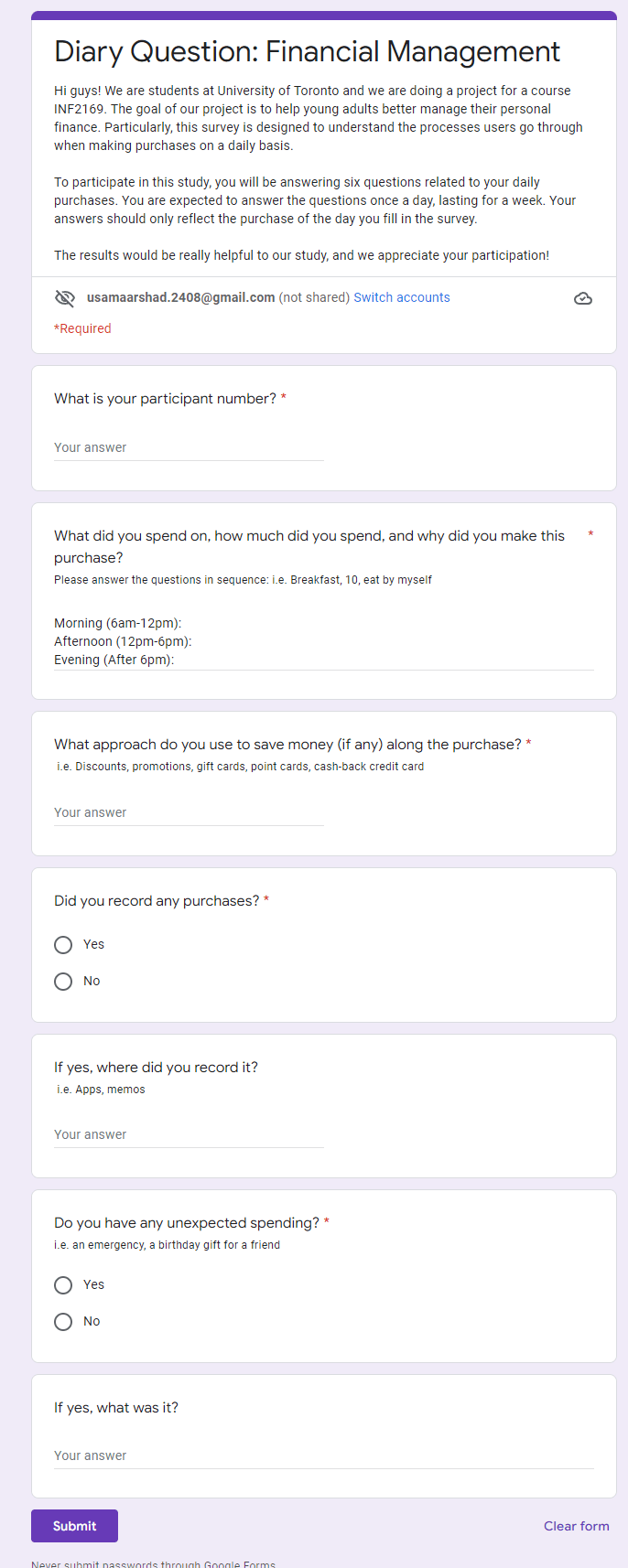
After completing the diary study we created an affinity diagram to organize the responses and find further patterns.
With our research from interviews, diary studies and the analysis from affinity diagram we suggest these design recommendations for being able to manage personal finance





